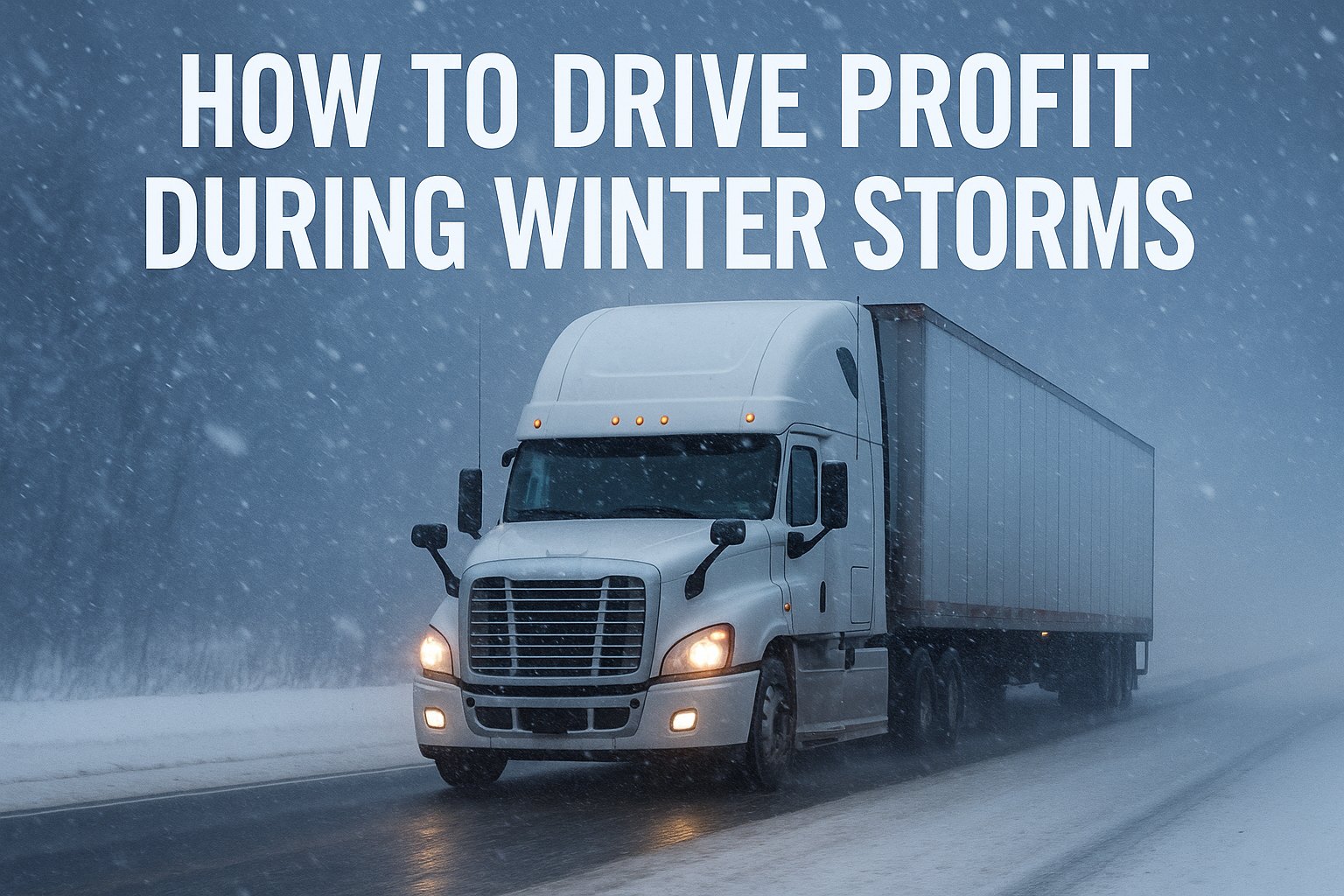Personal Conveyance & Yard Move: Critical Statistics
Understanding the compliance landscape helps prioritize proper usage:
47,000+
Annual violations
$2,750
Average fine
8.3
CSA points impact
73%
Driver confusion rate
Understanding Personal Conveyance: Rules & Applications
1. Personal Conveyance Definition & Criteria
Off-Duty MovementDefinition: Movement of CMV for personal use while off-duty, not advancing the load
Key Requirements: Driver must be relieved of all responsibility, no commercial purpose
Documentation: Clear annotation in ELD, reason for movement, start/end locations
2. Acceptable Personal Conveyance Uses
Permitted ScenariosTo/From Lodging: Travel between parking and hotel/motel when no adequate parking
Personal Errands: Grocery shopping, restaurants, entertainment while off-duty
Home Terminal: Commuting to/from home at beginning/end of work period
Safe Haven: Moving to nearest safe parking when directed by enforcement
3. Prohibited Personal Conveyance Uses
Violation TriggersLoad Advancement: Any movement that brings cargo closer to destination
Dispatch Orders: Following company routing or customer directions
Revenue Generation: Bobtailing to pickup location, repositioning for next load
Hours Extension: Using PC to gain additional driving time after 11/14 hours
Yard Move Rules: Proper Usage & Limitations
1. Yard Move Definition & Parameters
On-Duty StatusDefinition: Movement of CMV within private property not requiring CDL or on public roads
ELD Recording: Special driving category - counts as on-duty time, not driving time
Location Requirements: Private property, restricted access, or designated yard areas
2. Qualifying Yard Move Locations
Approved AreasPrivate Property: Customer facilities, distribution centers, manufacturing plants
Terminal Yards: Company terminals, drop lots, maintenance facilities
Restricted Access: Port facilities, intermodal yards, secured industrial areas
Adjacent Properties: Connected private roads between facility buildings
3. Yard Move Compliance Requirements
DocumentationELD Settings: Must select "Yard Move" before movement begins
Location Verification: GPS coordinates must confirm private property status
Time Limits: No specific limit, but excessive yard time triggers scrutiny
Safety Rules: All vehicle safety regulations still apply during yard moves
Master PC & Yard Move Compliance
Eliminate confusion and violations with clear policies, automated compliance checking, and real-time driver guidance for personal conveyance and yard moves.
Personal Conveyance vs Yard Move: Quick Reference Guide
| Aspect | Personal Conveyance | Yard Move | Key Compliance Point |
|---|---|---|---|
| Duty Status | Off-Duty | On-Duty (Not Driving) | PC preserves both driving & on-duty time |
| Location | Any safe location | Private property only | Yard moves invalid on public roads |
| Purpose | Personal reasons only | Any work-related movement | PC cannot advance the load |
| Distance Limits | No set limit (be reasonable) | Within property boundaries | Excessive distances trigger audits |
| Load Status | Loaded or empty | Loaded or empty | PC with loaded trailer heavily scrutinized |
| Documentation | Reason & destination required | Location verification needed | Both require clear ELD annotations |
| Violation Risk | High - 73% confusion rate | Medium - Location disputes | $2,750 avg fine + CSA points |
Implementation Strategy: Building Compliant PC & YM Programs
Phase 1: Policy Development
Foundation Building
- Create clear PC/YM policies
- Define acceptable scenarios
- Establish distance guidelines
- Document approval process
Phase 2: Driver Training
Education Focus
- Scenario-based training
- ELD proper usage
- Documentation requirements
- Violation consequences
Phase 3: Technology Setup
System Configuration
- ELD parameter settings
- Geofence yard areas
- Automated alerts
- Compliance reporting
Phase 4: Monitoring & Audit
Ongoing Compliance
- Daily usage reviews
- Pattern analysis
- Corrective coaching
- Audit preparation
Common Violations & Prevention Strategies
❌ PC After Delivery
Violation: Using PC to drive home after completing delivery
Solution: End tour at delivery location, use PC only from legitimate off-duty parking
❌ Yard Move on Streets
Violation: Claiming yard move on public roads between facilities
Solution: Use driving status for any public road movement, even short distances
❌ PC to Next Load
Violation: Personal conveyance to position for morning pickup
Solution: All revenue-related positioning must use driving status
❌ Excessive PC Distance
Violation: 150-mile "personal" movements raising red flags
Solution: Document legitimate reasons for any PC over 50 miles
❌ Pattern Abuse
Violation: Daily PC use at end of shifts
Solution: Vary parking locations, plan routes to end near amenities
❌ Missing Documentation
Violation: No explanation for PC/YM movements
Solution: Require detailed ELD annotations for every special movement
Real-World Scenarios: Correct Status Selection
Scenario 1: Hotel Run
- Parked at truck stop
- No vacancy, hotel 8 miles away
- Returning in morning
- ✓ Personal Conveyance
Legitimate PC use
Scenario 2: Terminal Shuffle
- Moving trailers in yard
- Organizing for morning
- Never leaving property
- ✓ Yard Move
Preserves drive time
Scenario 3: Customer to Truck Stop
- Delivery complete
- Moving to rest area
- Will sleep there
- ✗ Must use Driving
Advances from load
Scenario 4: Home Terminal
- End of work week
- Driving personal vehicle
- CMV stays at terminal
- ✓ Off-Duty (not PC)
No CMV movement
Ensure 100% PC & Yard Move Compliance
Protect your fleet from costly violations with automated compliance tools, real-time guidance, and comprehensive driver training programs.
Frequently Asked Questions
Yes, you can legally use personal conveyance while loaded, but it's heavily scrutinized by enforcement. The key test: the movement cannot advance the load toward its destination. For example, PC to a restaurant 5 miles back from your route is acceptable, but PC 30 miles toward your delivery is a violation. Best practice: minimize loaded PC use, document thoroughly (reason, destination, route), and consider dropping the trailer when possible. Many carriers prohibit loaded PC entirely to avoid violation risks.
FMCSA sets no specific mileage limit for personal conveyance, focusing instead on the movement's purpose and legitimacy. However, enforcement typically scrutinizes PC movements over 50 miles, and anything exceeding 75 miles draws intense review. Factors considered include: reasonableness of distance for stated purpose, availability of closer alternatives, pattern of usage, and time of movement. Document any extended PC use thoroughly. Some carriers set internal limits (30-50 miles) to reduce violation risk. Remember: distance alone isn't determinative - a 100-mile PC home at week's end may be acceptable, while 10 miles to advance the load is a violation.
Yes, yard moves count as on-duty time and accumulate against your 60/70-hour clock, but they do NOT count against your 11-hour daily driving limit. This distinction is crucial for hours management. For example: after 10 hours of driving, you can't drive on public roads but can perform unlimited yard moves (while monitoring your 14-hour window and 70-hour totals). Strategic yard move use helps preserve driving hours for revenue miles while completing necessary terminal/customer movements. Track cumulative on-duty time carefully to avoid 70-hour violations.
No, dispatch cannot direct, suggest, or pressure personal conveyance use - this immediately invalidates PC status and creates violations. PC must be solely the driver's choice for personal reasons. Red flags include: dispatch "suggesting" PC to avoid HOS violations, routing instructions during PC, company benefit from the movement, or patterns of PC use after dispatch communication. If questioned, drivers must truthfully state PC was their personal choice. Companies should train dispatchers to never mention PC options and document that drivers understand PC is voluntary. Violations trigger both driver and carrier penalties.
Document yard move eligibility with: property maps showing boundaries, lease agreements or customer facility access letters, "Private Property" signage photos, gate/security checkpoint records, and geofence coordinates in your ELD system. During audits, inspectors verify: GPS coordinates match claimed private property, movement patterns stay within boundaries, and public road segments are properly logged as driving. Best practice: pre-qualify all regular yard move locations with supporting documentation in driver files. For new locations, drivers should photograph entrance signs and security gates. Maintain a company database of approved yard move locations with GPS boundaries to prevent violations.








